Each turn a player can move one of his pieces on the board. But pieces have limited movements. Let’s see what moves are possible.
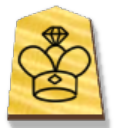 King – the most important piece. Taking a king finishes the game. The king can move to a chosen adjacent square. Each player has 1 king.
King – the most important piece. Taking a king finishes the game. The king can move to a chosen adjacent square. Each player has 1 king.
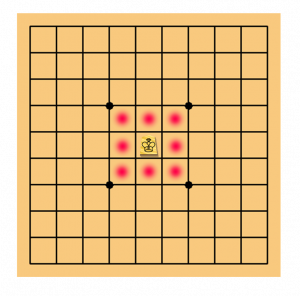
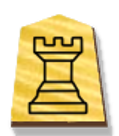 Rook – the strongest piece. The rook can move horizontally or vertically onto a chosen square, but it cannot jump over other pieces. Each player has 1 rook.
Rook – the strongest piece. The rook can move horizontally or vertically onto a chosen square, but it cannot jump over other pieces. Each player has 1 rook.
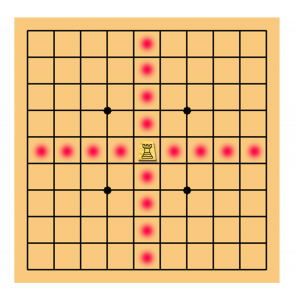
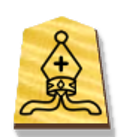 Bishop – usually as strong as the rook. The bishop can move diagonally onto a chosen square, but it cannot jump over other pieces. Each player has 1 bishop.
Bishop – usually as strong as the rook. The bishop can move diagonally onto a chosen square, but it cannot jump over other pieces. Each player has 1 bishop.

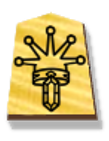 Gold General – king’s helper. The gold can move similarly to the king, but excluding the back diagonal squares. Each player has 2 gold generals.
Gold General – king’s helper. The gold can move similarly to the king, but excluding the back diagonal squares. Each player has 2 gold generals.
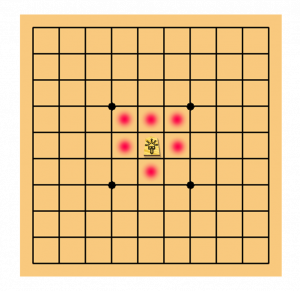
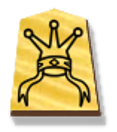 Silver General – good attacker. The silver can move similarly to the king, but excluding the side and back squares. Each player has 2 silver generals.
Silver General – good attacker. The silver can move similarly to the king, but excluding the side and back squares. Each player has 2 silver generals.
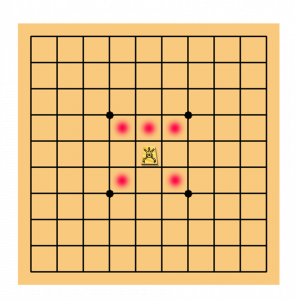
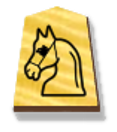 Knight – it can jump through the board quickly. The knight moves in a weird way: count two steps forward, then choose the left or right square. Only the knight can jump over other pieces. It cannot retreat. Each player has 2 knights.
Knight – it can jump through the board quickly. The knight moves in a weird way: count two steps forward, then choose the left or right square. Only the knight can jump over other pieces. It cannot retreat. Each player has 2 knights.
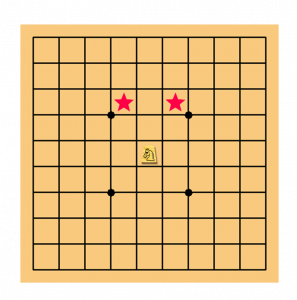
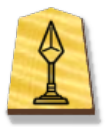 Lance – far-reach piece. The lance moves only forward by a chosen number of squares. It cannot jump over the pieces and cannot retreat. Each player has 2 lances.
Lance – far-reach piece. The lance moves only forward by a chosen number of squares. It cannot jump over the pieces and cannot retreat. Each player has 2 lances.
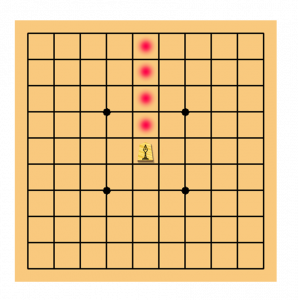
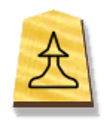 Pawn – the smallest piece but the biggest in number. The pawn can move only one square forward. It cannot retreat. Each player has 9 pawns.
Pawn – the smallest piece but the biggest in number. The pawn can move only one square forward. It cannot retreat. Each player has 9 pawns.
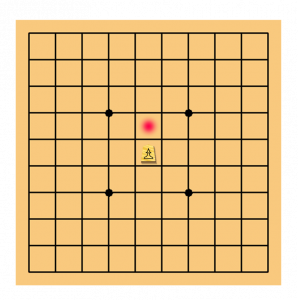
This is the initial position for the whole board. You do not need to remember it for now.

Now that you know your team, let’s see what it can do.
